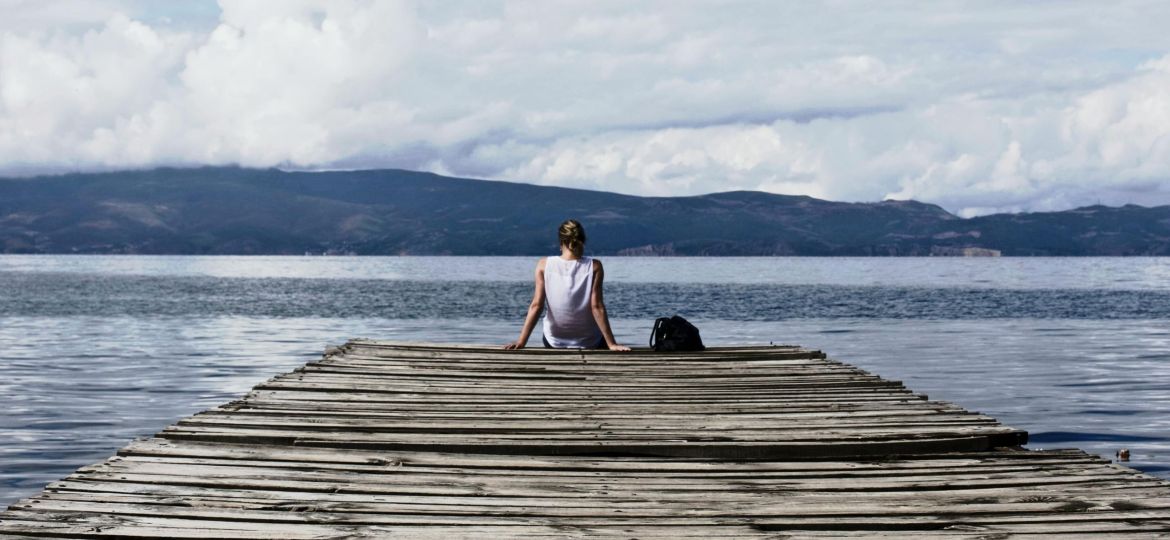
Twenty years ago, my seventy-year-old mother found herself navigating post-divorce life in a travel landscape that seemed designed to exclude her. Solo accommodation was scarce, dining alone invited unwanted scrutiny, and the notion of an unaccompanied woman venturing to remote destinations prompted safety lectures from well-meaning friends. She cobbled together trips by imposing on friends’ hospitality, then promptly making herself scarce – booking mini-tours or retreating to forgettable hotels to avoid overstaying her welcome.
Those hotels were lonely places for lonely people, where guests like her faked – or sought – a relevance they no longer felt. The worst part was eating in silence, her only conversation with whoever took her order.
This isolation wasn’t merely inconvenient – it was dangerous. My mother once wandered into Cape Town’s townships, relying on strangers’ goodwill to guide her back to safety. Travel writer Penelope Tremayne, then in her sixties and a friend to Lawrence Durrell and Patrick Leigh Fermor, was kidnapped in Sri Lanka’s Tamil region for five weeks. With characteristic sangfroid, she spent her captivity recording memories of earlier Greek travels.
Today, that landscape has undergone a seismic shift. Nearly forty per cent of female travellers expressed interest in solo travel in 2025 – an eight per cent increase from the previous year. Searches for ‘solo female travel’ tripled in early 2024, surpassing even pre-pandemic volumes. The industry has finally awakened to a demographic it long ignored: women over fifty-five who worry less about the challenges of solo travel and who, in fact, find themselves in fewer dangerous situations than younger travellers.
These are the women who burned bras, entered boardrooms, and refused limitations. Now, with children launched and careers winding down or reinvented, they’re claiming their right to explore the world on their own terms.
The transformation reflects broader cultural shifts. Mar Pagès, a Catalan ex-strategy consultant and former Googler, co-founded the Solo Female Travelers Club in 2015 with Australian journalist Meg Jerrard. Their Facebook group has grown into a four-hundred-thousand-member global movement spanning one hundred countries.
‘Unfortunately, women still face stereotypes and stigma when they want to do things alone, and travel is no exception,’ Pagès observes. Having lived in eight countries, worked in over forty, and visited more than one hundred and twenty-five, she’s witnessed how women travelling alone are ‘still being treated like some kind of endangered species’.
Opportunities Knock
The solutions emerging are as varied as the women they serve. Intrepid Travel’s Morocco Women’s Expedition offers eight-day adventures featuring hiking in the M’Goun Valley with the region’s first local female guide – serious hiking that can reach nineteen kilometres over rocky terrain. Solo Female Travelers Tours provides handcrafted trips to Morocco, Tanzania, Greece and even Kilimanjaro, working exclusively with female local guides and entrepreneurs.
Gutsy Girls – something my sister has tried and survived – is the brainchild of Natalie Bannister, who started her business just before Covid struck. Her recognition was that many women are reluctant to try new sports under the eye of men. It’s easier to fall in and out of water, or struggle with unfamiliar equipment – whether mountaineering gear, surfing boards or sailing kit – amongst other women.
My sister went on a cross-country skiing trip in Norway and loved it. Her report, echoing that of many reviews on TripAdvisor, is that the group were of all ages. What united them was the desire to try something different. The company currently runs adventure retreats around Europe covering a number of sports. The smorgasbord of offers includes paddleboarding in Norway or Sardinia, cross-country skiing, and surfing in Portugal. Cheesy as it sounds, the company helps make the holidays. There’s a sense of camaraderie that’s pretty well spontaneous.
The company sends you a form with details about the other travellers, offering the opportunity to share a room or to have your own single. Alongside the sport, they make sure you have a good introduction to the local area. The visit to Sardinia, centred around the town of Bosa, involved lots of local restaurants and a cooking session with one of the resident nonne(grandmothers).
Meanwhile, start-ups like Greether connect female travellers with local female hosts. The idea was born when its founder, Vanessa Karel Ramos, endured a terrifying taxi ride in Morocco’s Atlas Mountains, where a stranger jumped into her car just months after two Scandinavian hikers were murdered in the same region. She was convinced she was about to suffer a similar fate. It’s a fear we can all identify with. Greether removes it.
At the luxury end, the offerings have become genuinely extraordinary. Aurora Expeditions recently announced their first women-only Antarctic voyage, hosted by bestselling author and travel photographer Lola Akinmade Åkerström alongside former NASA astronaut Dr Sandra H. Magnus. The ten-day journey aboard the 126-passenger Sylvia Earle will bypass the notoriously rough Drake Passage by flying directly to King George Island – a level of comfort that would have seemed impossible during my mother’s era of making do.
‘This is more than a trip; it’s a community of women coming together to explore one of the most pristine places on the planet,’ Åkerström explains. Such expeditions cater particularly to recently divorced or widowed women who need emotional recharging away from daily reminders of lost coupledom, offering transformational experiences at the planet’s extremes.
CODA
What emerges is more than a travel trend; it’s a late-life feminist statement. These women are rejecting the notion that adventure has an expiration date, that safety requires a male companion, or that dreams should be deferred indefinitely. My mother would approve – though she’d probably skip Antarctica.

